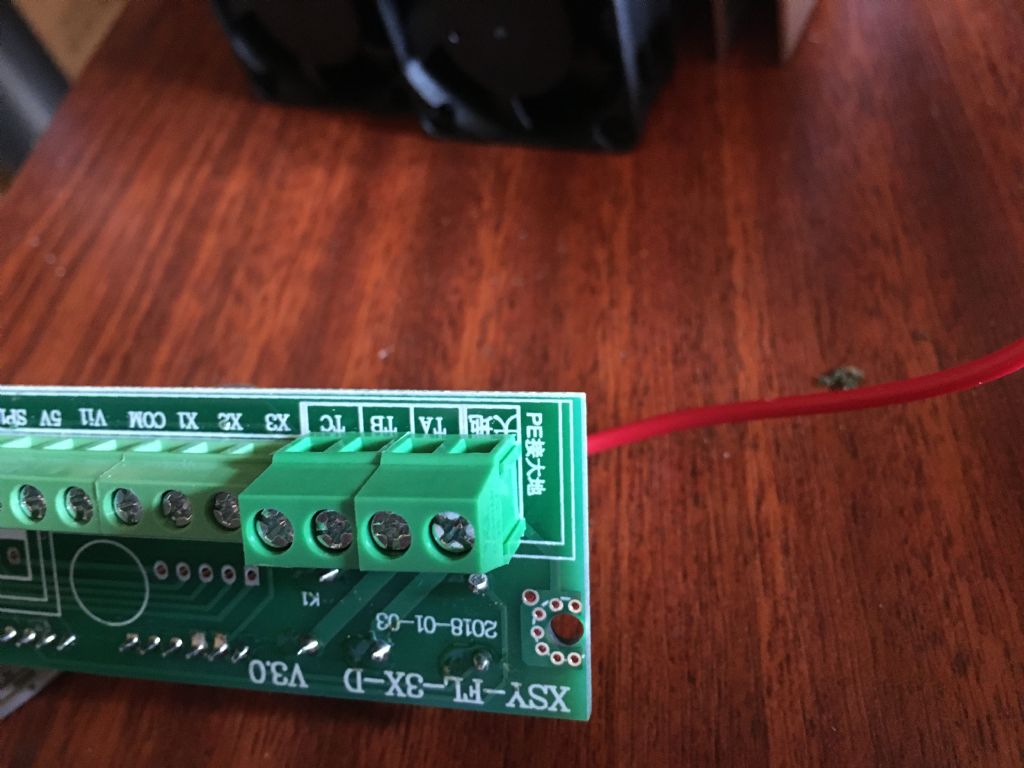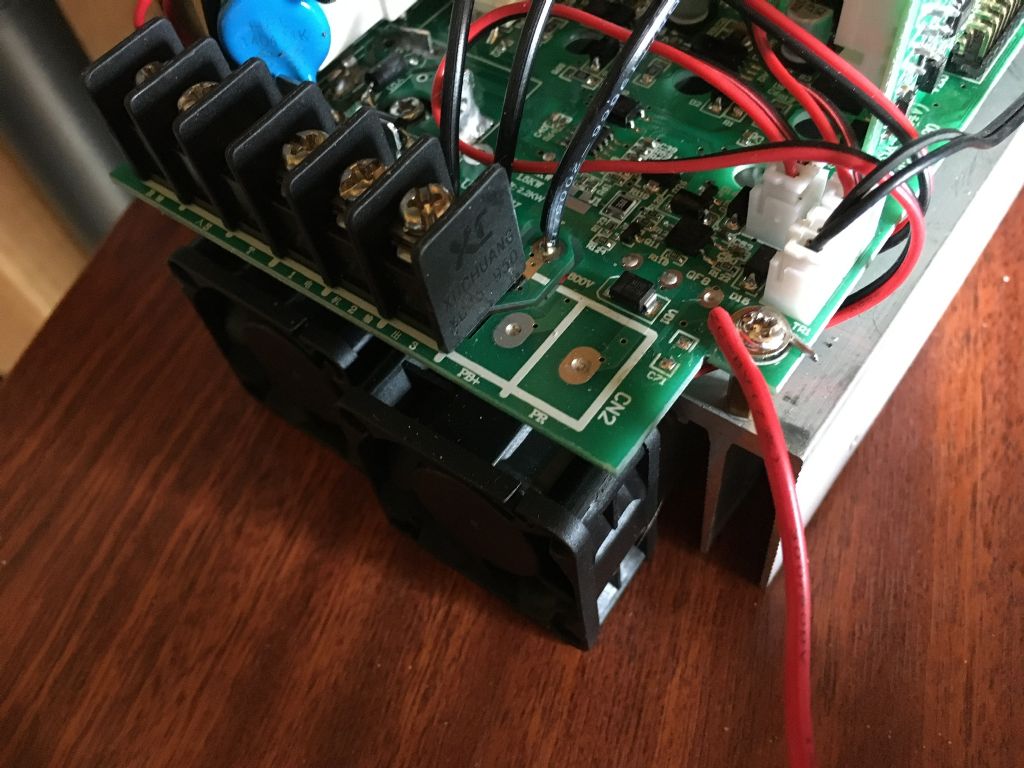Andrew,
Some mistakes in my original post – I referred to P74 and P75, when I should have said P73 and P74.
Originally out of the box, P73 was set at 61440 and P74 was set at 4096.
And P75 was set at 4196 with P67 at 45000.
I don't know what P75 and P67 do but have recorded the fact that they appear to change the reported output current and voltage on the VFD display.
I checked and confirmed with a clamp on that changing P75 did also appear to change the output current very approximately inline with the observed variance in the VFD display. Couldn't check the voltage as I don't have a filtering voltmeter.
As you see, all supplied values differ from the info sheet. Clearly the thoughtful manufacturers have provided a generic info sheet and couldn't be a***d to amend it for different products.
When I did the unit reset, all values returned (approximately) to those on the info sheet, but the AT4 was definitely not working as it should. Normal function was only restored when I re-entered the 'as supplied' parameter values as above.
On set up, I only checked to see if there was a voltage from the PE terminal ( you can actually just see it marked in your photo) to the mains earth and there was no potential, but then I wasn't expecting any – maybe I should check again because all may not be well if there is a voltage present.
I didn't ever record the voltage across the VR as it didn't seem to be an issue at the time. Unfortunately, my unit is not on the bench at the moment pending works to the drill for which it was purchased for. I will see If I can cobble something up tonight and let you know.
James Walker.













